The witches of eBay: Inside the industry selling haunted items online
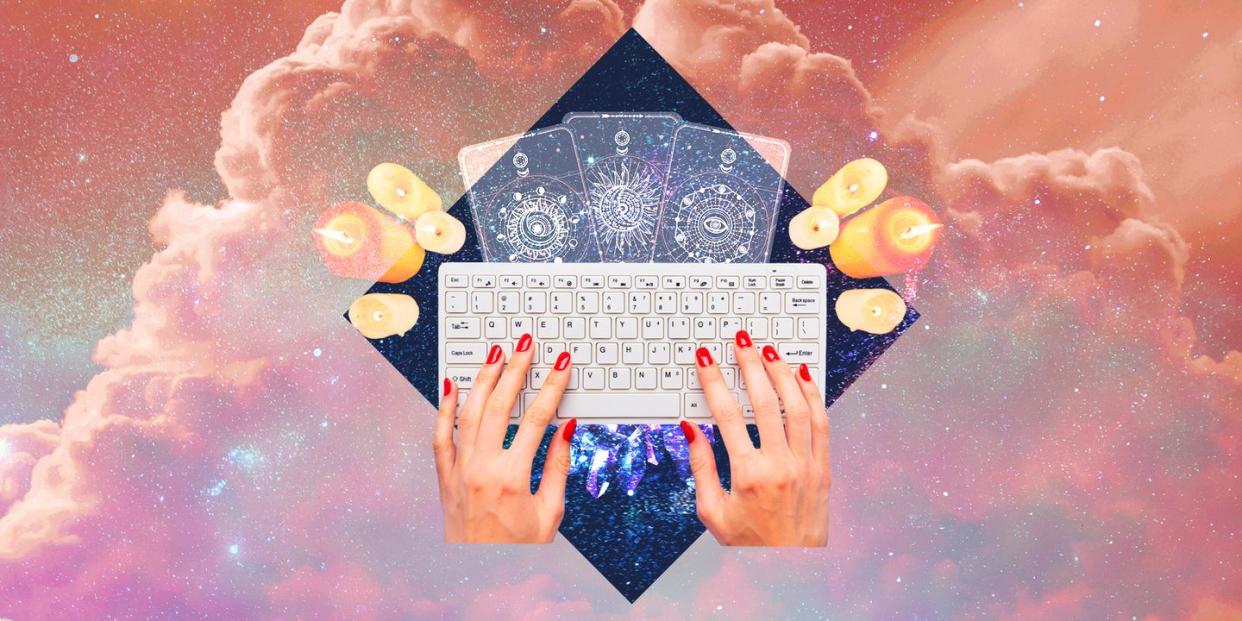
Rosie, Betty and Tamara are all staring at me, earnest-eyed and questioning. With their tight curls and high-set eyebrows, they could be sisters, but the more you get to know the trio, the more their differences become as clear as their porcelain-smooth skin. Rosie holds a positive energy, Betty gets bored and interferes with the electrics and Tamara hates rain and thunderstorms. Oh, and she was murdered at a birthday party in 1977.
In a strange little corner of the internet, the buying and selling of haunted items has become as normal as a trip to the corner shop. One quick search and you’ll find a bazaar of the paranormal on any website that has a marketplace platform… eBay has a whole section dedicated to “metaphysical and new age products”; a search for “haunted” on Etsy brought up over 30,000 results; and Facebook is home to a huge number of groups dedicated to the sale of haunted items – mainly dolls like Rosie, Betty and Tamara.
As a journalist with itchy clicking fingers, I have stumbled upon some truly odd stuff on the internet in my time, from DMT cults to bitcoin-addiction rehabilitation groups. But as soon as I started reading the lengthy descriptions of the haunted dolls, I was hurtling down that rabbit hole faster than David Dickinson en route to the tan shop.
Was this a strange mash-up between the age-old world of the occult and our modern-day need to digitise everything into a one-click buy? It may be Halloween season right now, but you can get your hauntings at any time of year provided your wi-fi is strong enough. I had to find out more. Who’s selling them? Why are people buying them? And was the lifelong sceptic in me about to be bewitched into belief?
You may have had a friend tell you your aura is a bit “off”, or seen someone down the pub pull out a pack of tarot cards. You may even have been part of a booze-fuelled conversation on “the rise of the millennial witch” or attended an in-real-life ghost club (they exist).
So you’d be forgiven for thinking there’s been a rise in “believing”, or at least conversation surrounding it. But while the occult does seem to be having a moment – at least commercially – if you look at any history book or old-timey artwork (browse some tapestries, why don’t you), you’ll see that witchcraft and the paranormal have been established institutions for decades – since before DFS started their first sale, would you believe. The occult has always been there, it’s just that now we’ve got our UV-light-whitened teeth into it. Which is why we’re suddenly seeing it expertly repackaged on digital shopping sites and seamlessly threaded throughout our social media feeds, appropriately hashtagged and all.
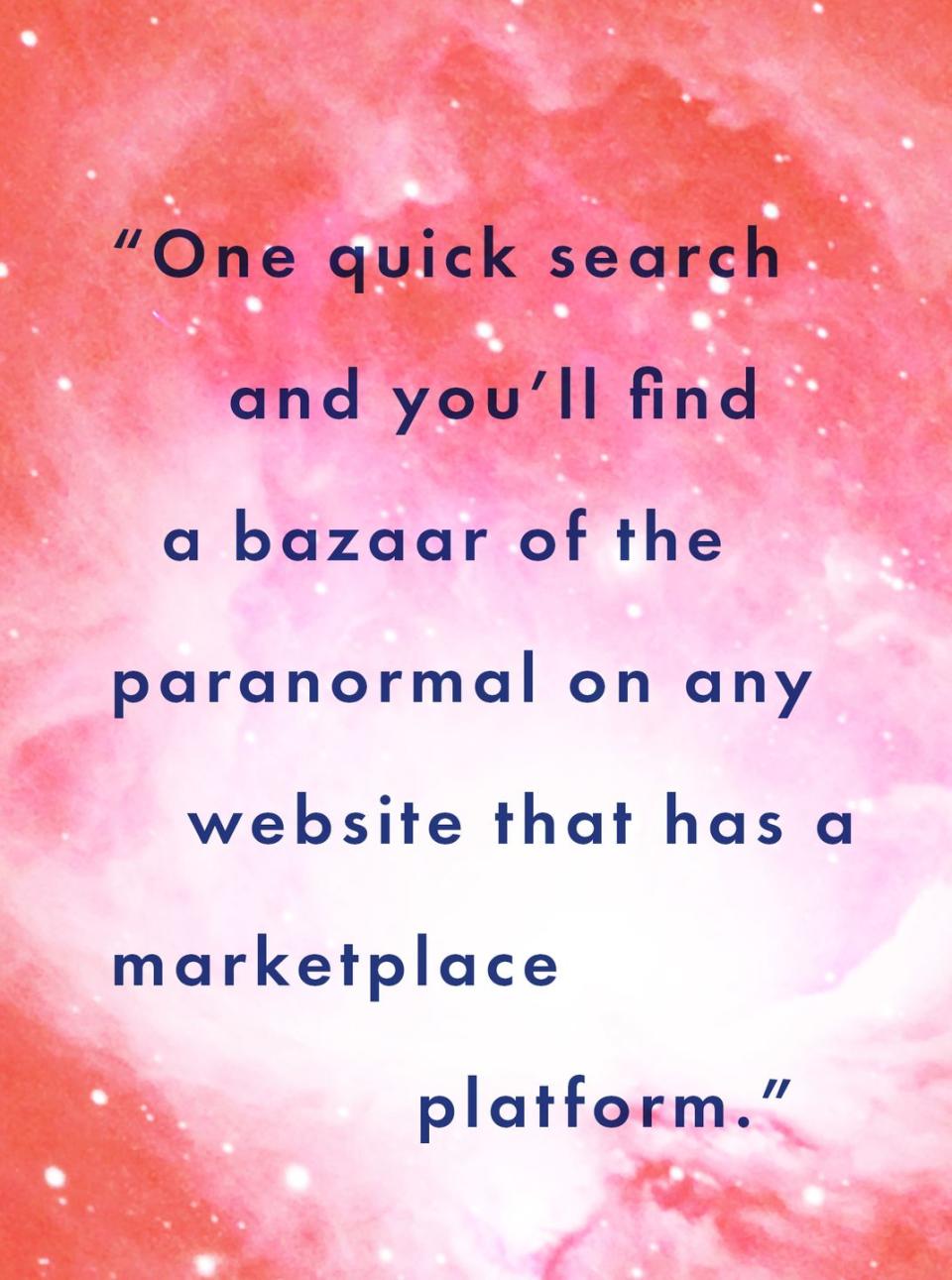
Yet surely a haunted doll is a step too far? Or is this how it begins – first you buy a few crystals from Urban Outfitters and next thing you know your shelves are lined with items inhabited by the dead of the 1600s?
I started my research on an aptly misty Tuesday night. I trawled, insatiably fascinated (and a little creeped out) by this industry opening up before me. From Charles – the clown doll with a nose the colour of angry sunburn and a mop of fluffy hair – who, according to his description, liked to bang doors and shout from time to time, to Sylvia, “an absolutely gorgeous, sexy, sultry, seductive and very flirtatious spirit doll…” who needed to find someone to “inspire, to motivate, to satisfy, and to bond with”. On to baby-faced Polly, who could apparently change the temperature in a room and likes to stand behind you when your back is turned. The belief is that these dolls house the spirits of people who have passed away with unresolved issues, or died in dramatic and tragic circumstances. The idea is that the souls find their way into inanimate objects and, I am told, the objects tend to be dolls because of their already human-esque appearance. I mean, you wouldn’t rush to inhabit a can of Sure, would you?
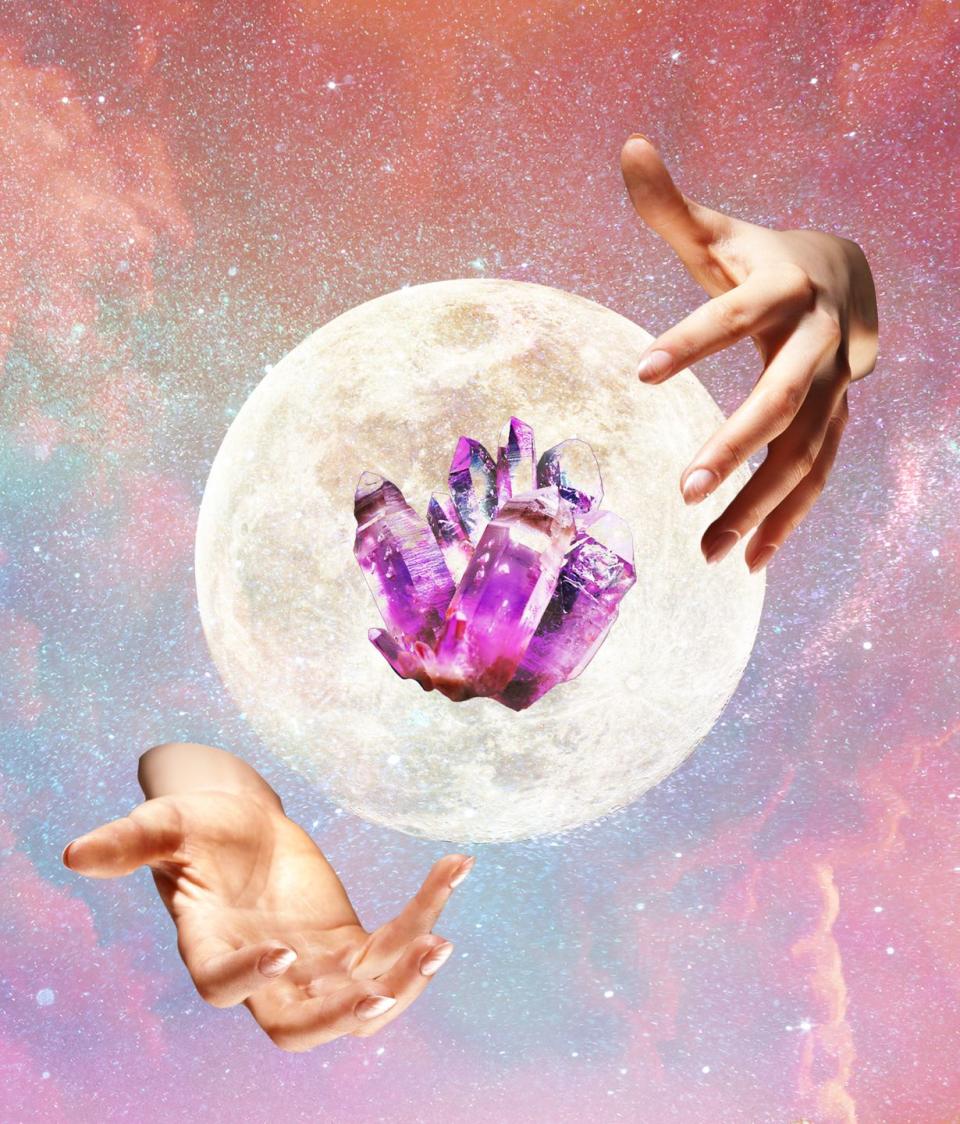
The descriptions that go along with them are like tales from your favourite Netflix horror show. It’s the digital equivalent of sitting around a campfire with a torch under your chin. I click, click and click, until eventually I realise I’ve been reading eBay listings like short stories for the best part of an hour. My eyes sting but my imagination is revitalised. No wonder the bidding war for a haunted rabbit doll started at £199 – stories are the ultimate sales technique, after all. But is it just that – a way to make a quick buck? Buy a doll for £1 from a charity shop, pretend it’s haunted and mark the price up? Or could these things actually have spirits inside them? I decided to seek out some experts. It’s time to consult the witches.
“This is nothing to do with witchcraft,” Christina Oakley Harrington, an academic and founder of a London-based esoteric bookshop, tells me. Her disbelief is palpable as she scrolls through the same listings I had just days earlier. “I have never seen anything like this in my line of work,” she says, telling me that there are traditions and certain language used in the kind of witchcraft she practices. Which, she tells me, is about studying and appreciating its history (dating back to the Middle Ages and before), and understanding the parlance used and the appropriate tools needed, such as plants, stones, crystals and certain ingredients.
This, she says, seems like people jumping on the moment that witchcraft is having, capitalising on the niche du jour to make some cash. And with prices for these items ranging anywhere from £5 to £5,000, this certainly has to be the case for some sellers.
This sentiment is echoed by Carla, a self-help witch based just outside New York, who tells me that of course some of these will be scams. “There are a lot of people jumping on the bandwagon at the moment, and there are a lot of charlatans out there who think people will believe anything,” she explains.
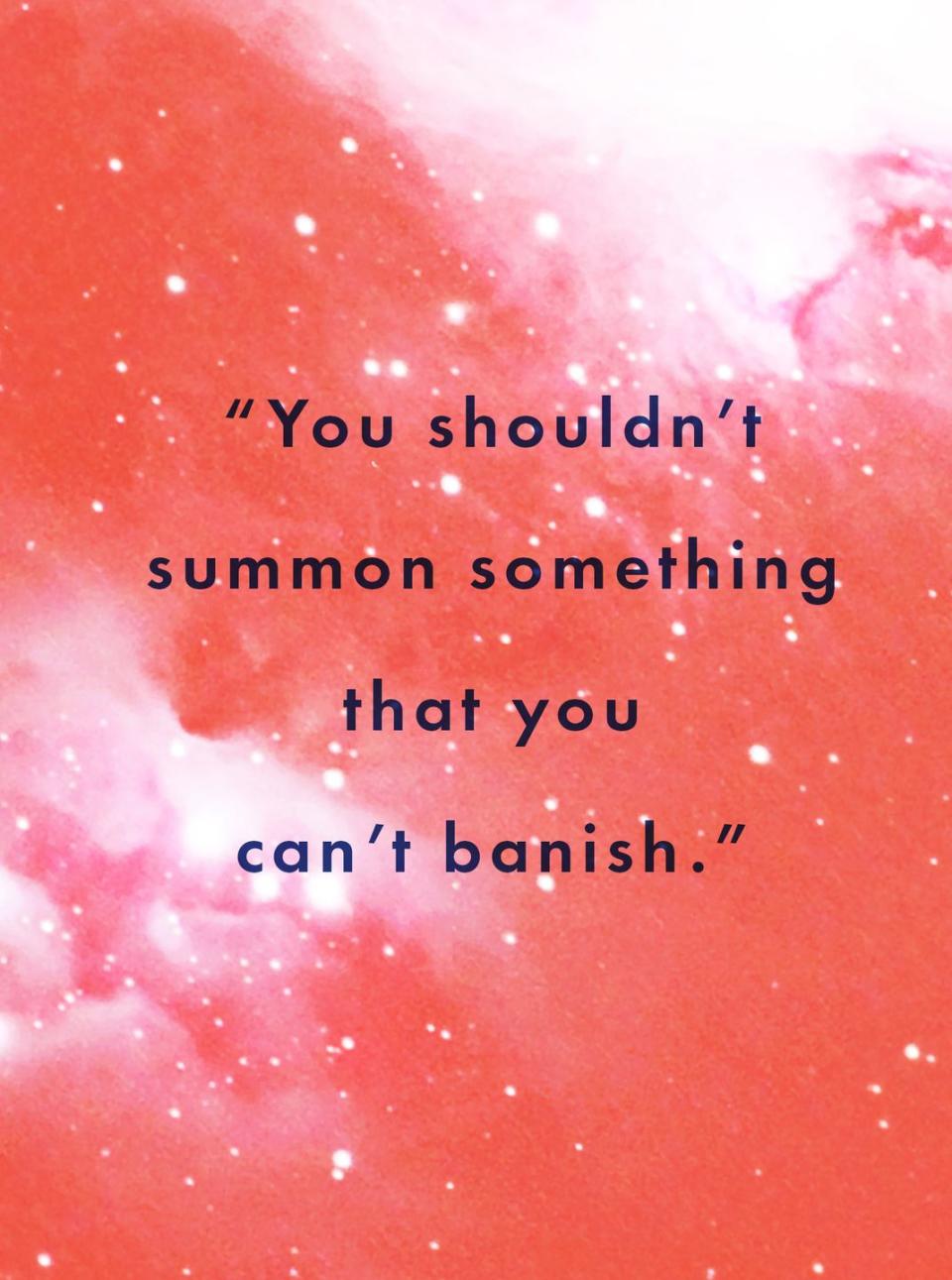
But this isn’t to say that Carla refutes these items’ credibility completely. Instead, she warns me off them for the exact powers they may have. “I prefer that people leave them alone. You shouldn’t summon something that you can’t banish. Baby witches get excited and they want to create things and invite certain spirits or energies in, but they have no idea of the possible consequences. If something like this came my way, I would have to get help.”
“This,” Carla tells me, “is not a game.” And yet, you could be forgiven for mistaking it for just that, with corporations and brands embracing the witchy zeitgeist to shift product. In 2018, Sephora launched its $42 (around £30) Starter Witch Kit, which included crystals, sage and tarot cards, while Goop introduced a £76 Medicine Bag of crystals to the market and US brand Fourth Ray Beauty released a $150 (around £112) Ritual Box of skincare products accompanied by sage and crystals. Marketers called this movement in retail “mysticore”, but when we see it on Facebook Marketplace as a pixelated photo of a £10 doll on someone’s ratty leather sofa, we call it a scam. Is it because it doesn’t come in a nice box?
For someone hunting for answers, I seem to be asking an awful lot of unanswerable questions. All the witches and spiritual experts I spoke to have different opinions on
this bizarre but booming industry, and they all define and believe in a different idea of witchcraft and spirituality. There’s no AQA exam board, no DVLA test and no rule-maker. I am, if anything, more confused. And, as a chronic rule-follower, I’m also slightly adrift in the World Wide Wild West. It turns out that magic, witchcraft and the paranormal is a very broad church full of varying beliefs, which, although a lovely and inclusive aspect of the community, is a slight roadblock in my journey to cold hard facts. Surely the buyers and sellers, the people pumping money into “add-hauntings-to-basket” would have more answers?
Every one of my newfound friends in The Haunted Doll Adoption* Facebook group assures me that the doll picks you, not the other way around. It took me a while to get buyers to talk to me. I wrote polite messages littered with desperate exclamation marks and I even used a GIF at one point, but I was met with silence – I finally understand what it is to be my mum on Facebook. Eventually, I get through to this group, and they’re beyond chatty – my phone buzzes all night as I finally get the affirmation that no amount of Instagram likes will get you.
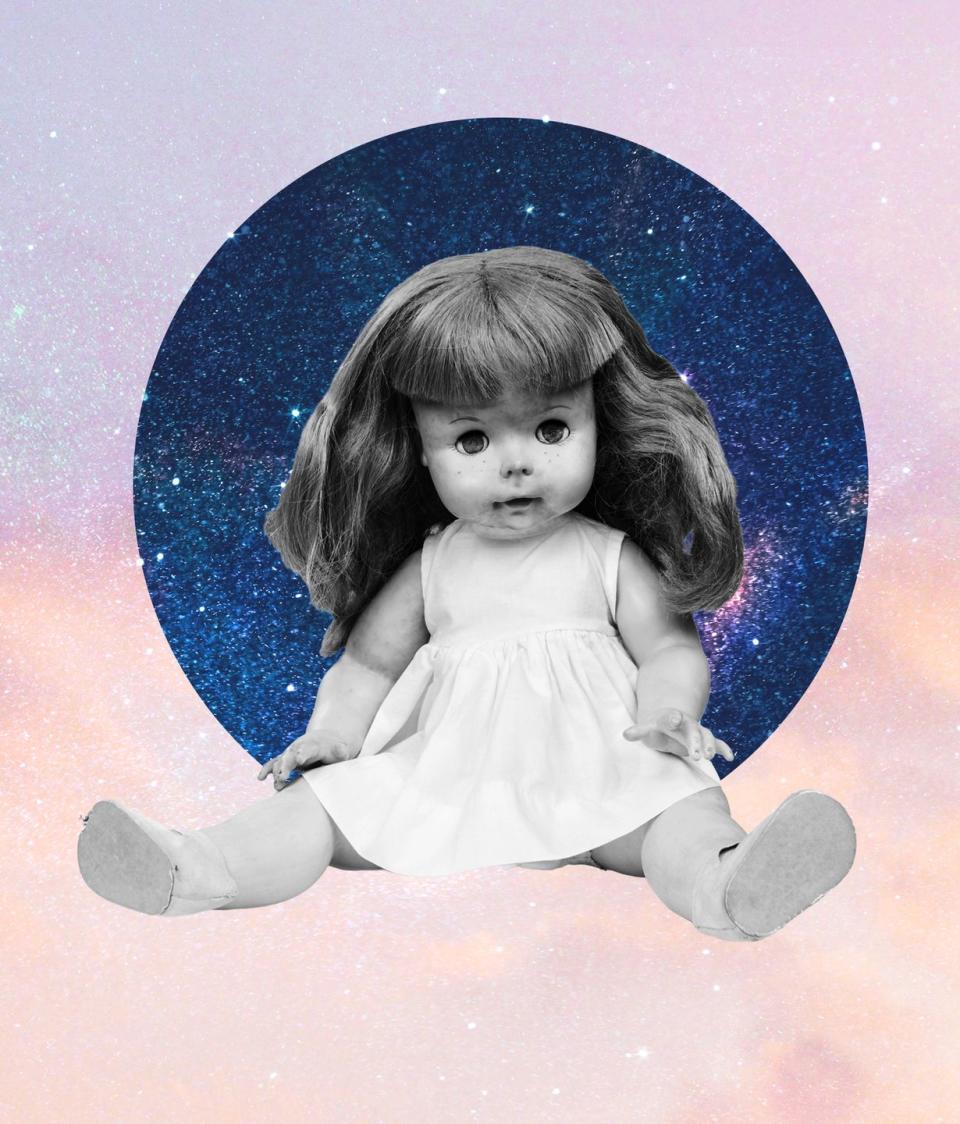
I am inundated with stories of earnest people whose common goal seems to be to help the spirits trapped in these items – “to give them a safe space to stay where they aren’t exploited or harassed”; “to help the spirits communicate and help others”; “because I hope I can help them find rest and light”. And so it goes on. In the same way that these people are eager to help me with my story, they’re eager to help these spirits find homes, escape judgement and live happily – something the sellers must surely know as
they write their lengthy descriptions detailing the fragile and vulnerable personalities housed within the dolls. “Juliette is caring and excited about her new home”; “Charlotte was very lost growing up”; “Julie needs someone to work with her. She needs help to work through issues about the way she died”. Assigning sentiments like this to something with a face makes it hard not to anthropomorphise them – I mean, we all cried at Toy Story, right? I’m reminded of a thing that Carla said in our earlier conversation: “Don’t underestimate the power of good copy.”
Finally, after a telling-off from eBay (turns out there’s a maximum number of messages you can send in a day) and multiple stone-cold pie-ings on Facebook Messenger, two sellers agree to speak to me. The first, a pair of sisters in the UK; the other, a woman based in the US.
“Whether it’s playing on a person’s desire to help or not depends on the person reading the description of the doll,” the sisters tell me. “If you have a negative mindset towards this then you could see it like that. But maybe the doll does need help.” Meanwhile, the other seller doesn’t even entertain the notion – to her, if this is real then there’s simply no trick being played. “I rarely sell anything for more than £20 or £30, but that’s fine by me,” she says. “I know people say it’s for the money, but it’s the rehoming I enjoy, same as the buyers – some people buy them for company but mostly it’s just folks who are interested in the paranormal.”
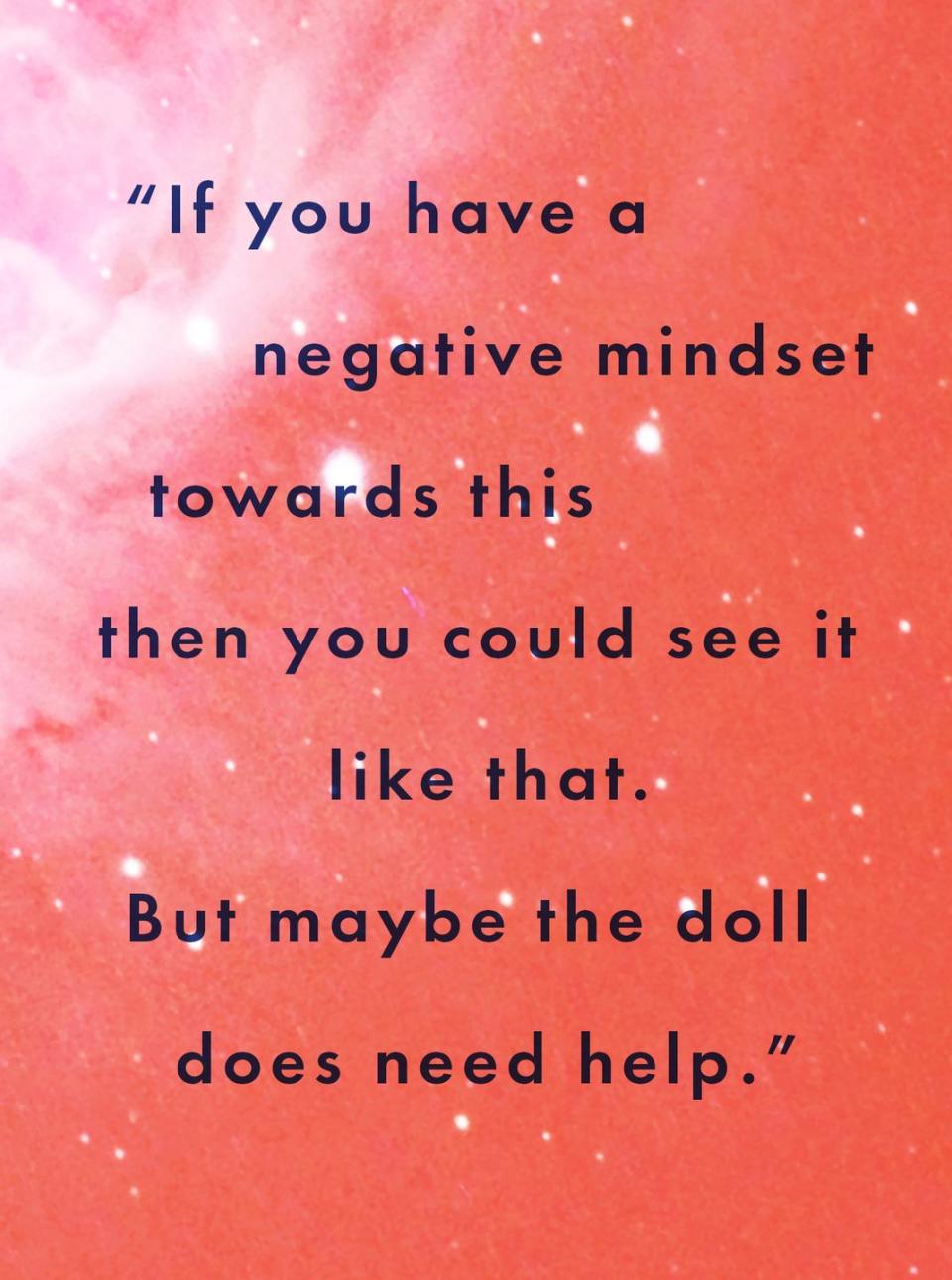
And yet money is being made – although the American seller assures me hers goes straight to charity, while the sisters tell me a portion of their profit goes to charity and the rest goes on “travel and board for when we visit people who need help with a haunting. We never charge for removing an entity.”
In the many Facebook groups I joined, I start to notice the odd complaint from users warning others about bogus products. One post reads, “I’m sick of people in this group (not gonna name names) selling ‘haunted’ dolls for money!” while another warns the group about a particular person, saying her items are fake and posting screenshots of conversations she’d had with them (even hauntings have receipts, then). When I ask the sellers about bad reviews, they both refer me to their eBay feedback, which sits at 100% and 99.5% respectively. On the internet, seeing a big red “100%” approval stamped on anything instantly impresses me (that’s the kind of low-threshold unwarranted approval that comes from failing three consecutive driving tests) and I’m bolstered – this many people can’t be wrong… right? Then I remember that people in online groups were also responsible for planking, the Kylie Jenner lip challenge and the phrase YOLO, and I remind myself that herd mentality thrives on the internet.
The haunted-items market is like having a permanent Instagram filter on the world: reality is immaterial. If you think it works and I think it works, then by pure faith alone it works, and empirical evidence is redundant. We also have to be mindful of confirmation bias, which essentially means that we see what we want to see. We go through life looking to confirm the things that match up with our values.
So, with scepticism firmly entrenched in my mindset, I will probably never fully understand the hauntings of eBay, no matter how desperately I want to. I think back to a time as a child when I smashed my sister’s plastic horse toy (ironically named Champion), and when confronted about it by my mum, I told her that my Cruella de Vil doll had done it. If I believed that to my core, could I make it so?
It’s time, I decide, to put my money where my mouth is: I’ve got to buy a doll and see if I feel something. I trawl for a few minutes and come across one named Judy who looks a bit like my sister, so she catches my eye. The description says she needs to be loved and likes to entertain people, and the gobshite in me identifies. I start entering my card details, then something begins to happen. My palms sweat and her pale green eyes seem to search mine, boring a hole into my psyche, and I wonder… can she see me? But it’s only when I stop the purchase that I realise: it isn’t the doll that’s got under my skin, I’m just inherently unnerved by the idea of dropping £80 on something I can’t eat or read and that won’t look nice on my Ikea Billy bookcase. Maybe that’s a belief system of sorts?
PHOTOGRAPHS STOCKSY, GETTY IMAGES, ALAMY.
*NAME HAS BEEN CHANGED
You Might Also Like


